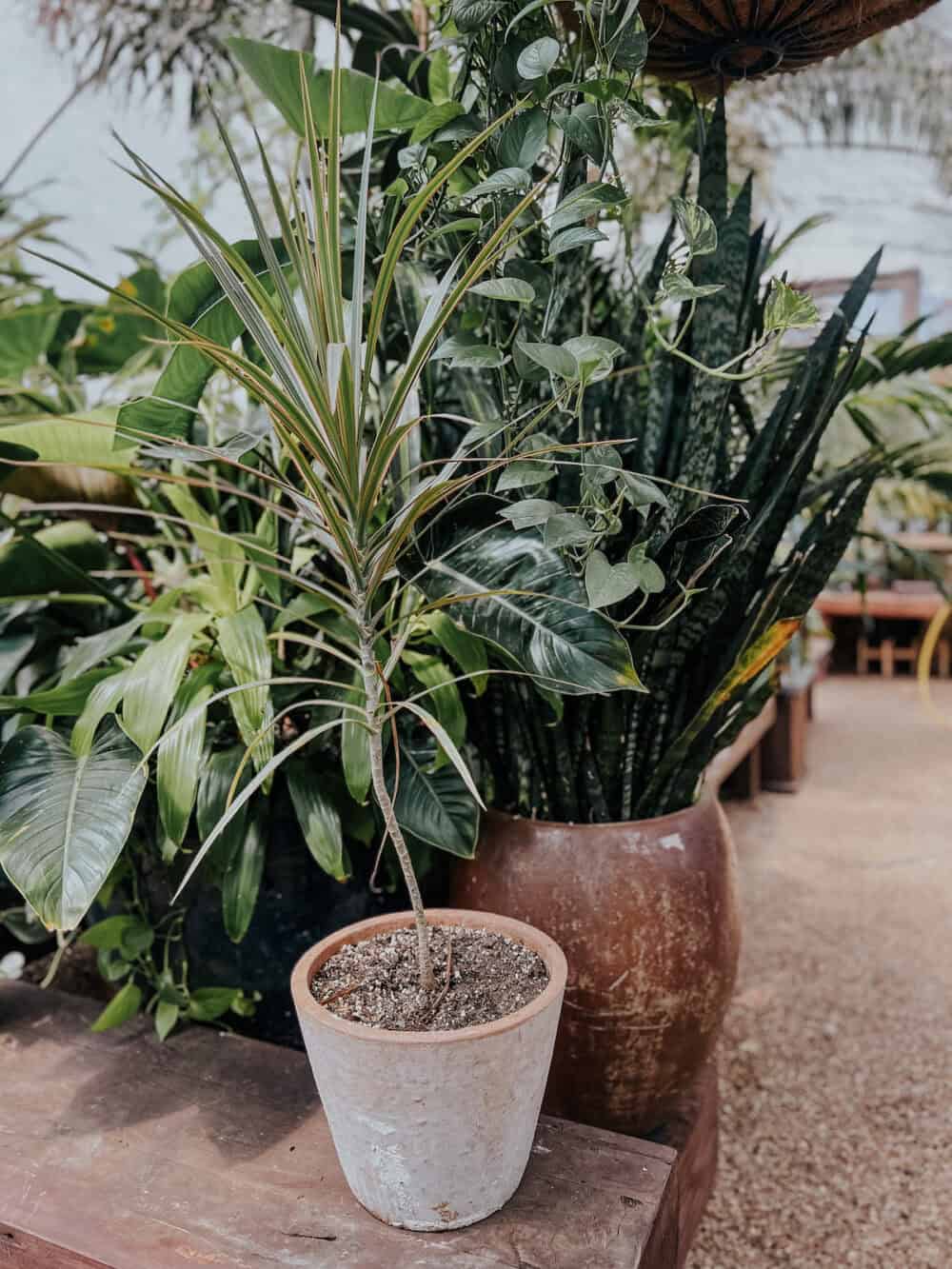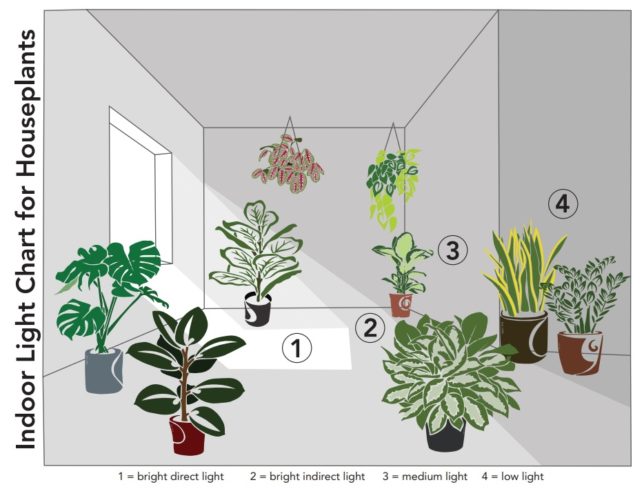How to Care for the Best Low-Light Indoor Plants in Any Environment
How to Care for the Best Low-Light Indoor Plants in Any Environment
Blog Article
Discover the Keys of Low-Light Indoor Plants and How They Improve Your Environment
Low-light indoor plants have garnered increasing focus for their special capability to improve both visual allure and environmental top quality within workplaces and homes. These durable types, including the Serpent Plant and Peace Lily, not just flourish in tough illumination conditions yet additionally play an essential duty in air purification and psychological health.
Benefits of Low-Light Indoor Plants
Although many individuals assume that indoor plants call for abundant sunshine to flourish, low-light interior plants provide a plethora of benefits that make them suitable for different environments. Among the key advantages is their adaptability; they can grow precede with minimal all-natural light, such as offices, basements, or spaces with little windows. This attribute permits people to boost their environments with plant, adding to improved aesthetics without the demand for comprehensive illumination adjustments.
In addition, low-light indoor plants can dramatically boost interior air top quality by filtering unsafe contaminants and launching oxygen, making living rooms healthier. Research study has shown that certain selections can soak up pollutants, thus promoting a cleaner ambience. In addition, they can improve mental well-being by decreasing tension and raising performance. The visibility of plants has been linked to higher sensations of serenity and emphasis.
In addition, low-light plants usually require less maintenance than their sun-loving equivalents, making them optimal for active individuals or those brand-new to gardening. Their strength enables them to prosper with minimal intervention, thus supplying a gratifying experience for plant fanatics and beginners alike. In summary, low-light indoor plants offer both practical and visual purposes, making them useful additions to any kind of room.
Top Low-Light Plant Ranges
Low-light interior plants been available in a selection of species, each offering special attributes and benefits fit for dark settings. Amongst the most prominent selections is the Snake Plant (Sansevieria), known for its building fallen leaves and air-purifying capacities. This resistant plant thrives on overlook and can tolerate a vast array of light problems.
Another superb selection is the ZZ Plant (Zamioculcas zamiifolia), which includes shiny, dark environment-friendly fallen leaves and is very drought-tolerant. Its adaptability makes it a favored for offices and homes with limited sunlight.
The Pothos (Epipremnum aureum) is also a top competitor, with its tracking vines and heart-shaped leaves - Best low-light indoor plants. This versatile plant can be trained to climb or cascade, adding aesthetic interest to any space

Treatment Tips for Low-Light Plants
Taking care of low-light indoor plants needs a nuanced understanding of their specific demands to make sure optimum growth and vitality. First, it is important to select the right potting mix, as a well-draining dirt is essential to stop root rot. A blend created for houseplants, typically consisting of peat moss and perlite, functions well for a lot of low-light selections.
Watering is another vital element of care. Low-light plants usually call for much less regular watering compared to their sun-loving counterparts.
Fertilizing ought to be approached with care. During the growing season, a watered down fluid plant food can be applied monthly, however in winter season, many low-light plants enter dormancy and call for little to no fertilization.
Lastly, it's important to occasionally clean up the fallen leaves to get rid of dust, enabling much better light absorption. By adhering to these care ideas, you can grow a successful setting for your low-light indoor plants, enhancing both their look and longevity.
Enhancing Air Quality With Plants
Interior plants play a significant function in boosting air top quality within homes and office areas. Through the procedure of photosynthesis, these plants soak up co2 and launch oxygen, adding to a much healthier environment. Additionally, particular low-light indoor plants possess the ability to filter unsafe contaminants, such as benzene, formaldehyde, and trichloroethylene, which are commonly located in interior settings.

In addition, the visibility of interior plants can enhance humidity levels, which assists reduce dry skin and respiratory concerns, further enhancing general wellness. This ability to enhance air high quality not just advertises physical wellness however likewise sustains mental wellness.
Integrating low-light interior plants into your living and working rooms can result in an extra stimulating and vibrant setting (Best low-light indoor plants). Spending in these all-natural air purifiers is a basic yet reliable approach for boosting indoor air high quality and cultivating a healthier way of life
Creating a Peaceful Indoor Space
The combination of plants into living areas not just enhances air high quality however likewise adds to a serene environment. Low-light indoor plants, such as snake plants and pothos, are specifically reliable in creating a serene environment, as they flourish in problems that might otherwise be unwelcoming for other greenery. Their lavish foliage offers a soothing aesthetic, minimizing stress and advertising leisure.
Integrating these plants right into your office or home can evoke a sense of peace and well-being. Purposefully placing them in areas where you invest significant time, such as living areas or workspaces, enables an immersive experience with nature, which has been revealed to improve mood and cognitive feature.
Moreover, the mild motion of fallen leaves in reaction to airflow can create a vibrant visual aspect that boosts the general setting. Take into consideration utilizing a range of plant elevations and appearances to add depth and passion to your room. With thoughtful positioning and care, low-light indoor plants can change any type of area right into a peaceful refuge, cultivating not just aesthetic contentment but mental and also emotional wellness.

Final Thought
Integrating low-light indoor plants into numerous atmospheres returns substantial advantages, including improved air high quality and boosted visual appeal. The transformative power of low-light plants underscores their value in improving both work and domestic settings.
Although numerous people presume that interior plants need abundant sunshine More Bonuses to thrive, low-light interior plants offer a wide variety of advantages that make them suitable for various atmospheres.Moreover, low-light indoor plants can substantially improve interior air see here top quality by filtering dangerous toxic substances and launching oxygen, making living spaces healthier. In addition, certain low-light indoor plants have the capacity to filter dangerous pollutants, such as trichloroethylene, formaldehyde, and benzene, which are commonly found in indoor environments.
Low-light indoor plants, such as serpent plants and pothos, are especially reliable in developing a serene environment, as they flourish in conditions that may or else be unwelcoming for other plant.Integrating low-light interior plants into different atmospheres returns significant benefits, including improved air quality and boosted visual allure.
Report this page